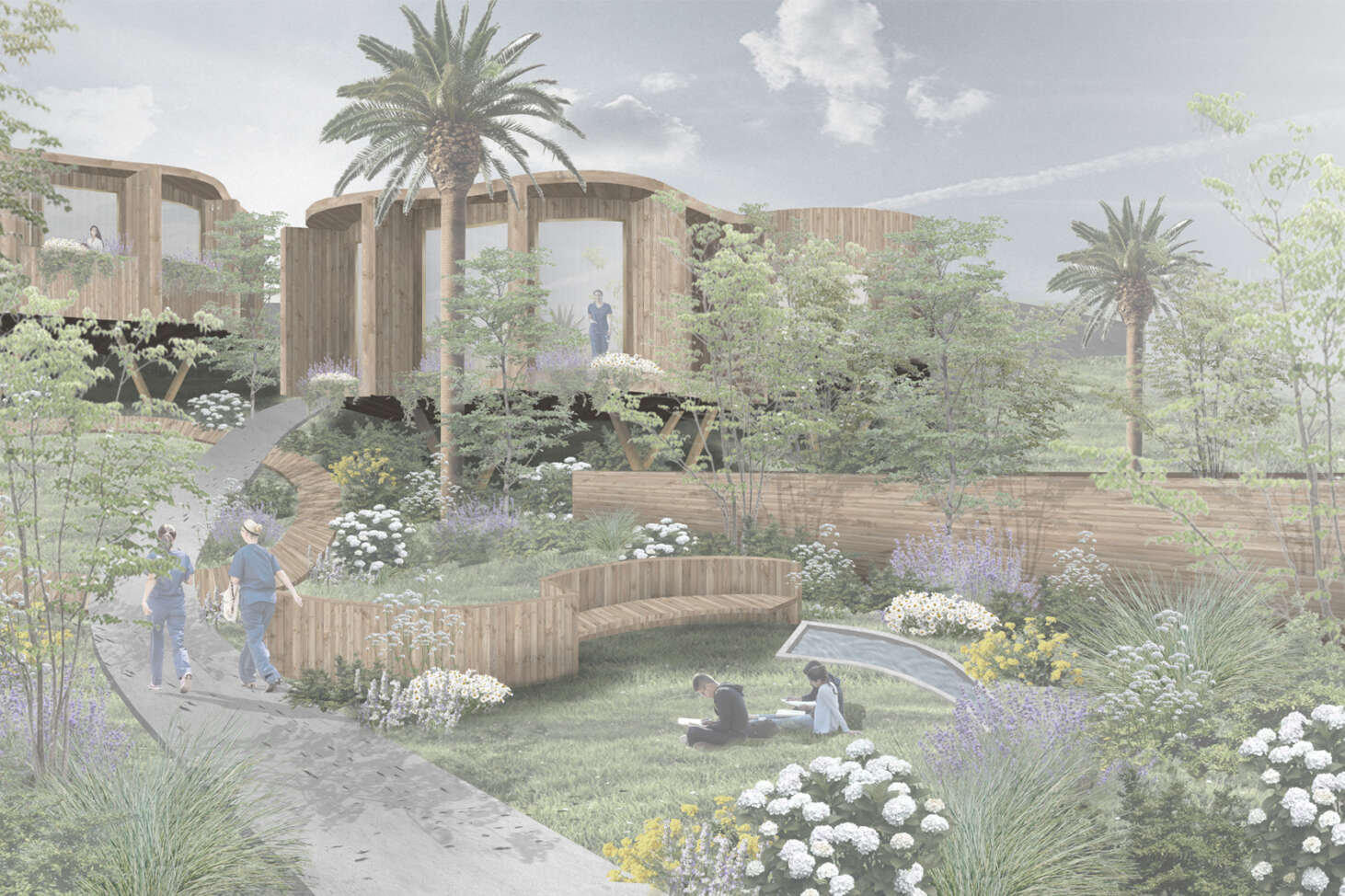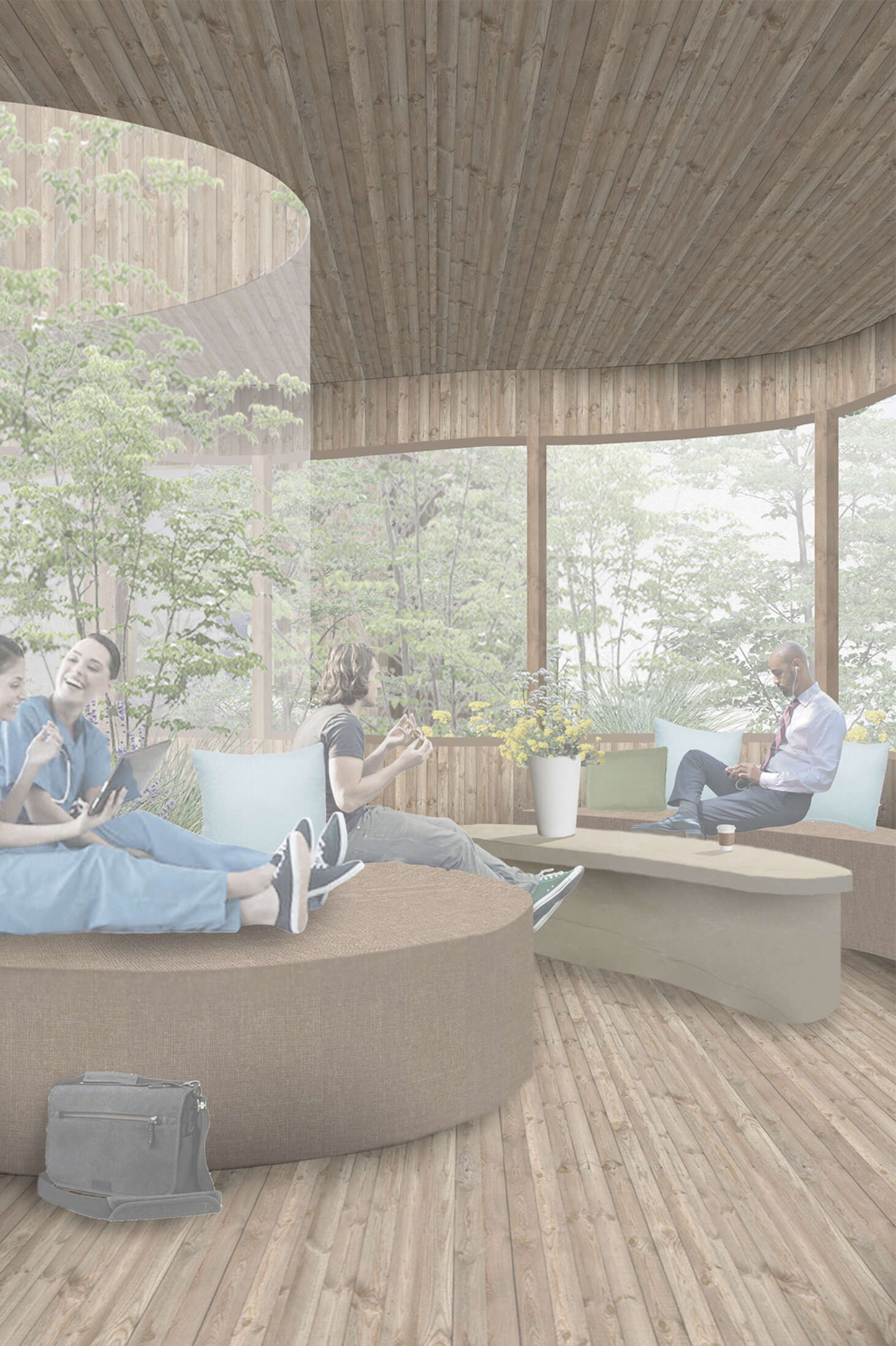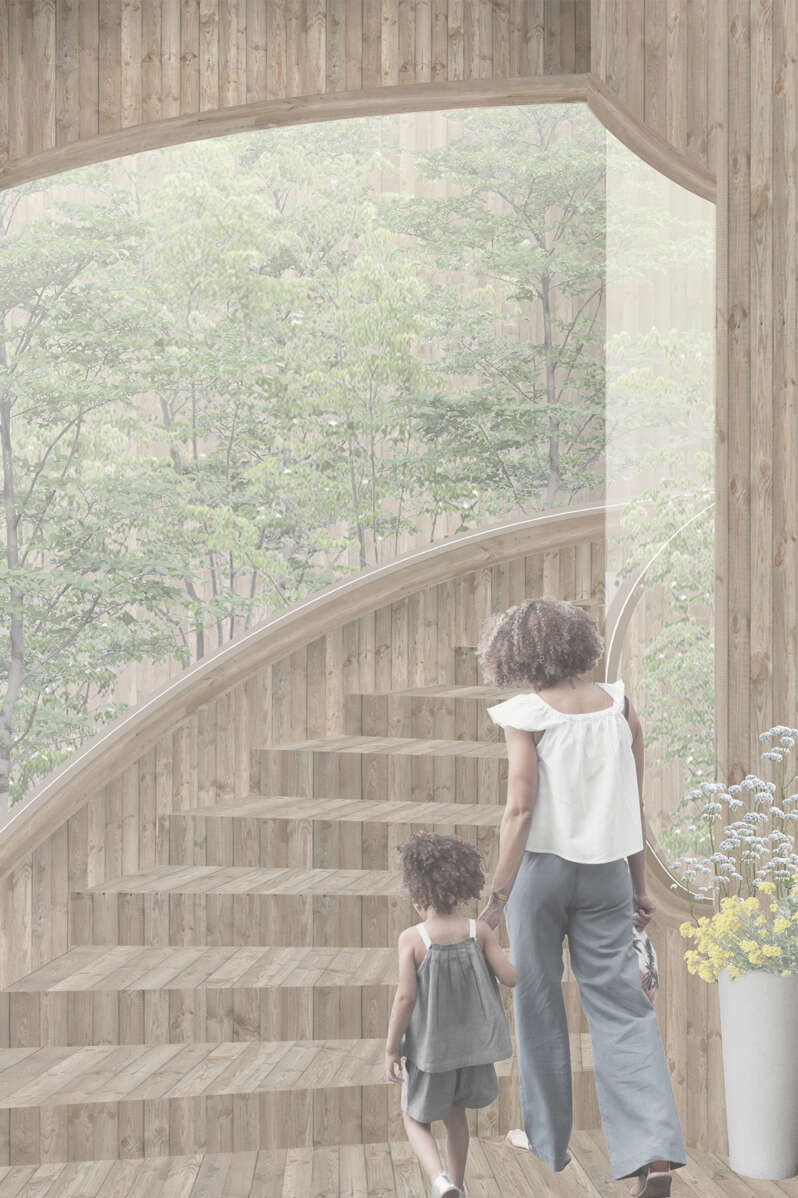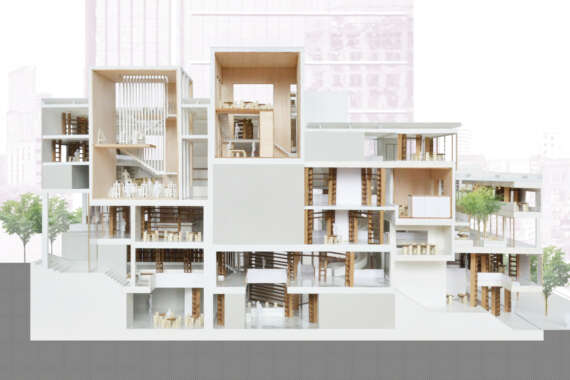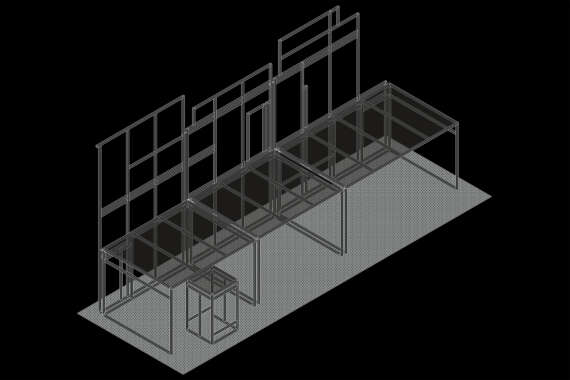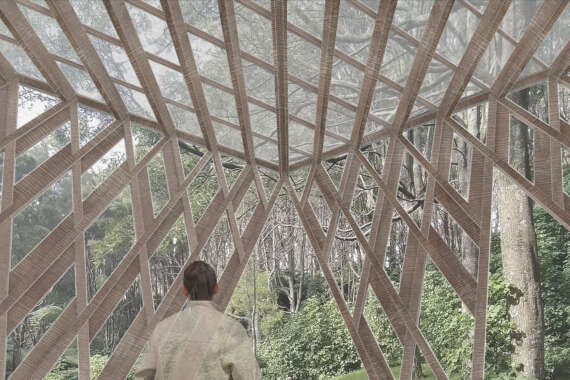The Art of Caring

This thesis originated through my recognition of the immeasurable importance of engagement with reflective thought and mindfulness for positive mental health, cognitive tolerance and general happiness with the everyday - conditions hindered by modern society's notions of rush and judgement.
As fabricators of the world with which we engage, architects should ensure they consider care, respect and above all else, empathy for the buildings they design to provide occupant wellbeing.
Might we design spaces for psychological wellbeing that encourage engagement with mindfulness? Architecture has the potential to both enact and inspire involvement with reflective thought through its spatial variation and emotive influence. However, with this potential still insufficiently recognised in New Zealand, so too are the public spaces required for practicing mindfulness.








